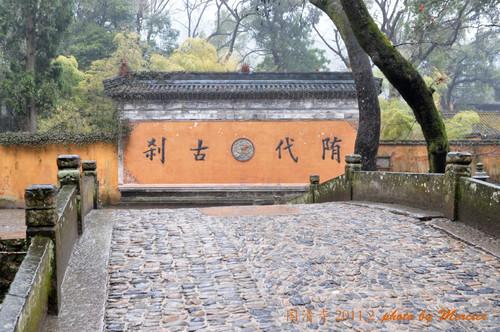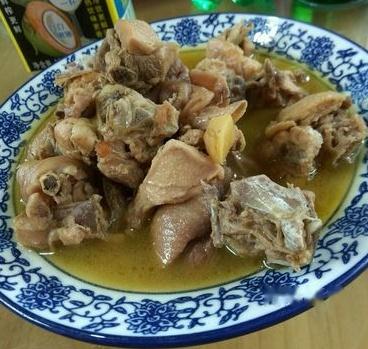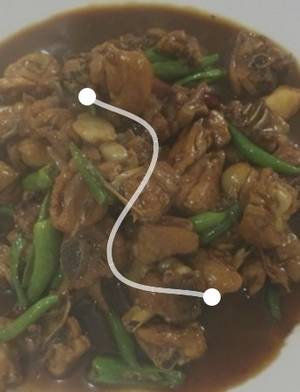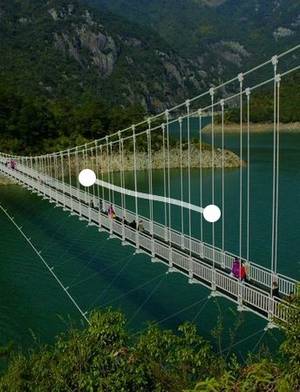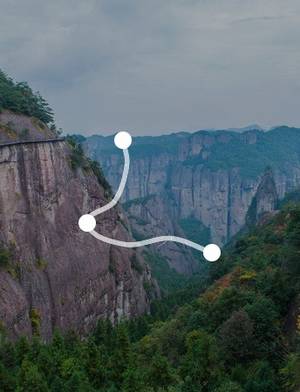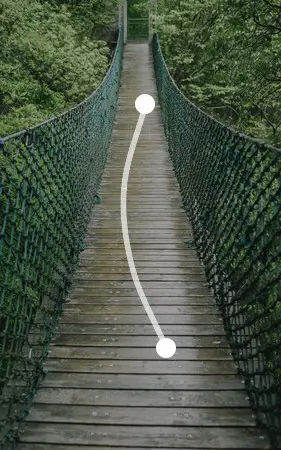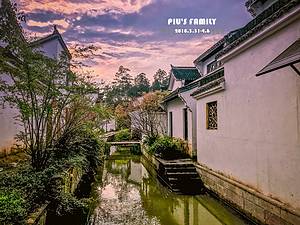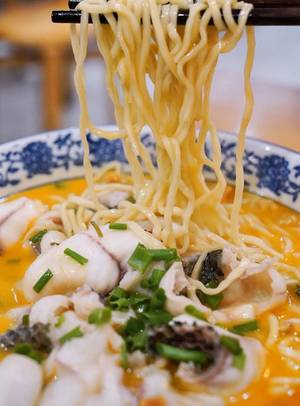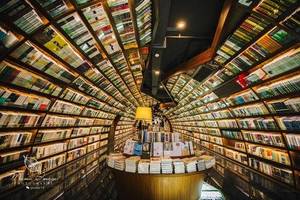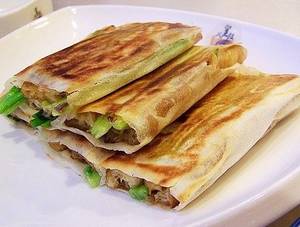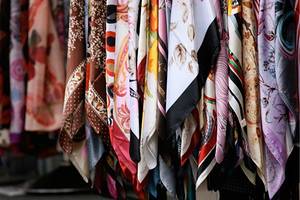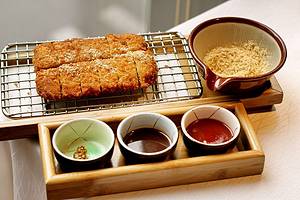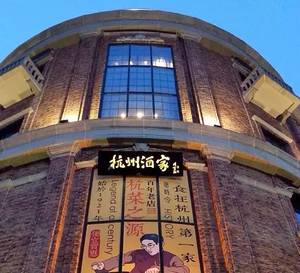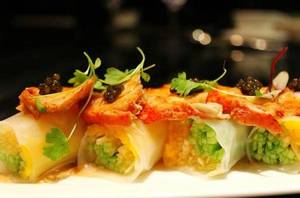Shaoxing's tour of the Chuan Yan Nineteen Peaks is an amazing and vivid journey
3 cities |
11 attraction(s) |
total distance 203
km
 TIPS
TIPS
Day1
Day2
Day1: HANGZHOU > Shaoxing
7 attraction(s) ·
158 km
2
Chongyang Palace Scenic Area is located in the Chuan Yan Nineteen Peaks Scenic Area. It consists of the "Spirit Communication and Mysterious Area", "Taiqing Courtyard", "Moon God Temple", and "Taoist Culture and Health Park". It is the first Taoist temple opened to the public in Shaoxing City and one of the largest Taoist temples in Zhejiang Province. With its beautiful mountains, profound Taoist tradition, and long history, Chongyang Palace has become another religious tourist destination in Xinchang County after the Big Buddha Temple.
1
km
4
Qianzhang Valley is located on the east side of Nineteen Peaks, stretching for five li. It is a gorge formed by the juxtaposition of two groups of Danxia landforms - Nineteen Peaks and Taitou Mountain. It is famous nationwide as a filming location for "The Smiling, Proud Wanderer," "Shaolin Wushuang," "The Legend of the Condor Heroes," and "The Return of the Condor Heroes."
5
Shuangyan Nineteen Peaks Scenic Area consists of Shuangyan Nineteen Peaks, Qianzhangkeng, Taitou Mountain, and Daotuo Shoe, and it is one of the magnificent Danxia landform scenic areas in China. The scenic area boasts abundant natural landscapes, including peaks, rocks, caves, valleys, streams, ravines, waterfalls, and pools, which blend together harmoniously. It fully embodies the four characteristics of elegance, tranquility, uniqueness, and danger, making it suitable for various activities such as sightseeing, vacationing, mountain climbing, exploration, and water sports. Transportation: Take the shuttle bus from Xinchang Bus West Station to Jingling (Huishan).
1
km
6
The boss and his family provide excellent service, fair prices, and opening the window reveals the beautiful scenery of the Nineteen Peaks.
4
km
7
Day2: Taizhou
4 attraction(s) ·
45 km
1
Located at the foot of Huading Mountain, it is one of the famous ancient temples in China, regarded as the birthplace by both Chinese and Japanese Buddhism. Along with Lingyan Temple in Qizhou (now Changqing County, Shandong Province), Qixia Temple in Runzhou (now Nanjing city, Jiangsu Province), and Yuquan Temple in Jingzhou (now Dangyang County, Hubei Province), it is known as the "Four Wonders" of the world. Guoqing Temple was first built in the 18th year of Emperor Wen of Sui Dynasty (598 AD), according to the style personally painted by Zhi Qiyuan, the founder of the Tiantai school. After Zhi Qiyuan founded the Tiantai school, he wanted to build a temple as its official ancestral temple, but due to limited funds, it was delayed. In his dying letter to Prince Jin, he said, "I regret not seeing the completion of the temple before I die." After reading the letter, Prince Jin Yang Guang (later Emperor Yang of Sui) was deeply moved and sent Sima Wanghong to supervise the construction of Guoqing Temple. The original site of the temple was on the slope in front of the Baogui Peak, about 100 meters behind the Great Hall. It was destroyed by fire during the Tang Dynasty (around 845 A.D.) and immediately rebuilt. In the fifth year of the Dazhong period of the Tang Dynasty (851 A.D.), the famous calligrapher Liu Gongquan inscribed the six characters "Da Zhong Guoqing Zhi Si" (The Temple of Great Guoqing of China) on the stone wall behind the temple, which can still be clearly seen today.
13
km
2
Super local, tastes great. Braised pork with earthy flavor, small fish from Xikeng Creek, stir-fried small local chicken, sautéed lichen with pickled vegetables, fried earthy chicken eggs with Chinese toon shoots, big pot of yellow mud, braised meat with dried bamboo shoots and mushrooms, etc., all delicious. Although it's on the roadside, the environment inside is very nice.
13
km






